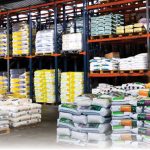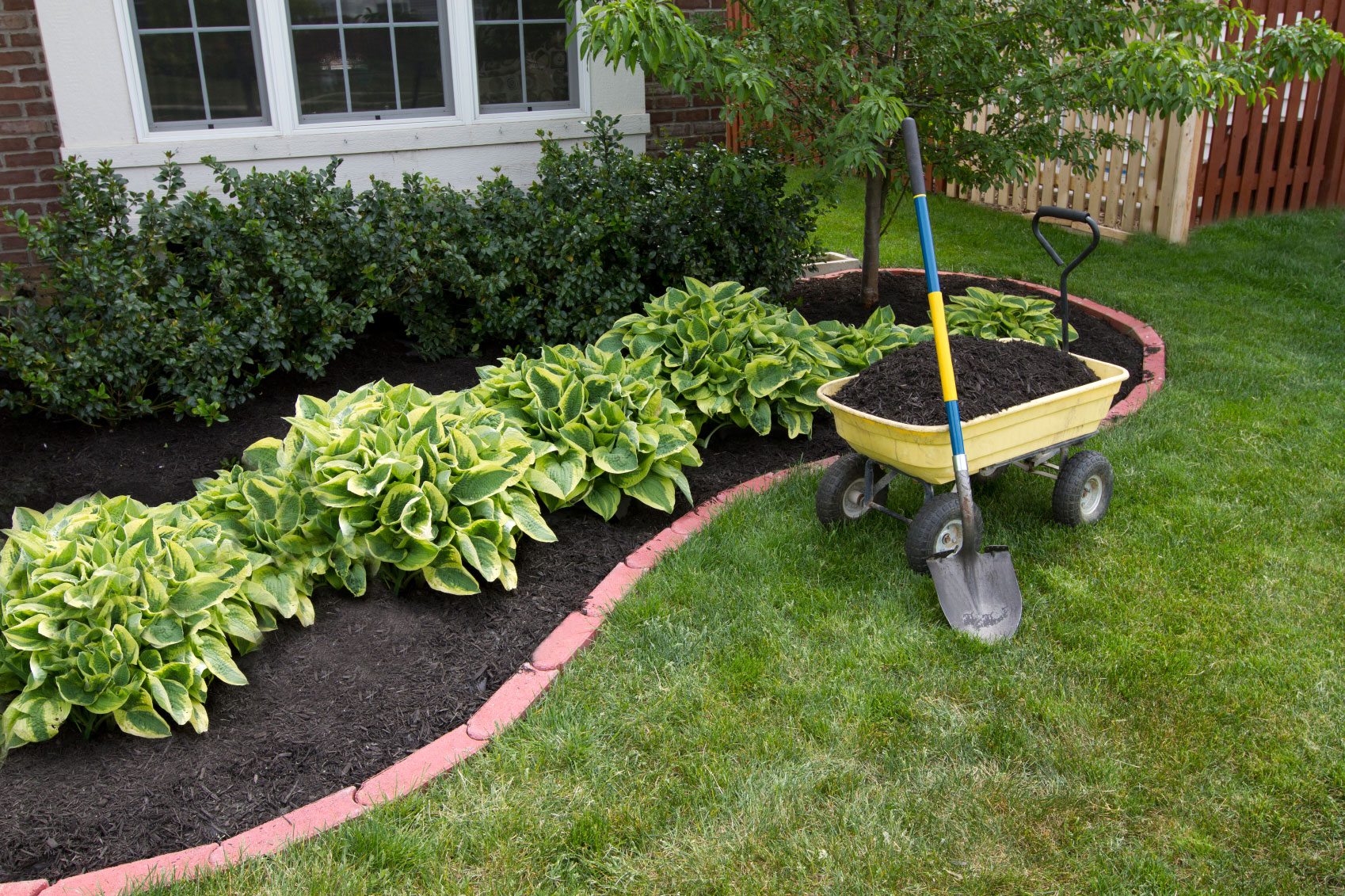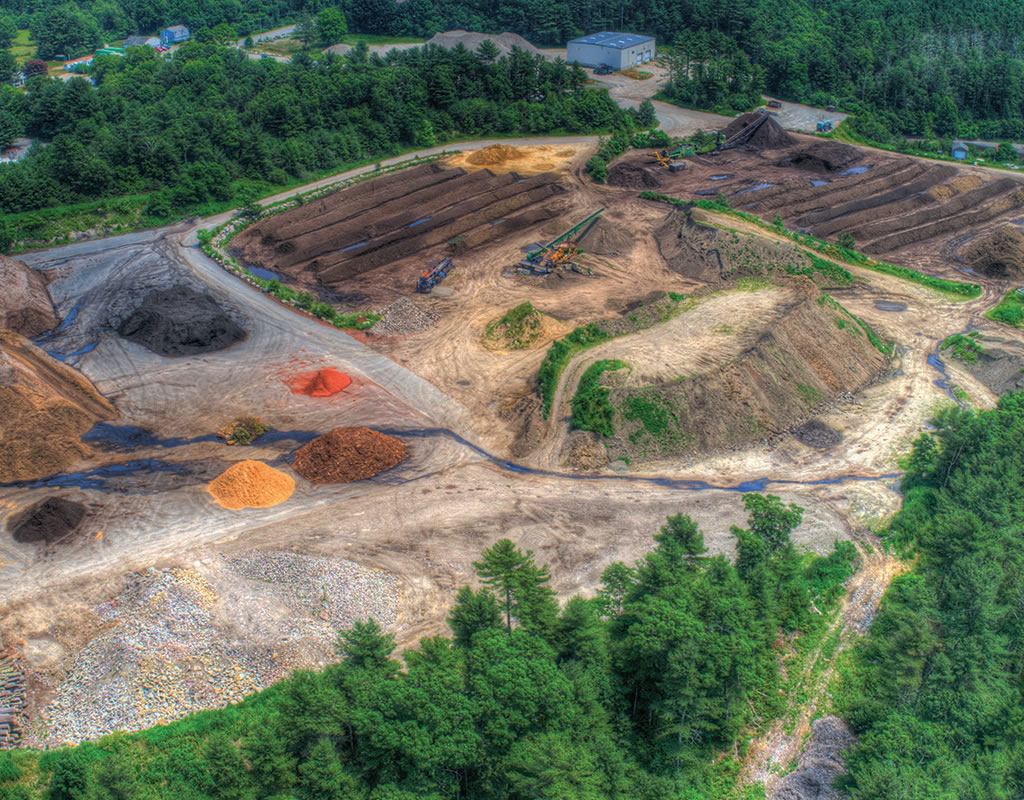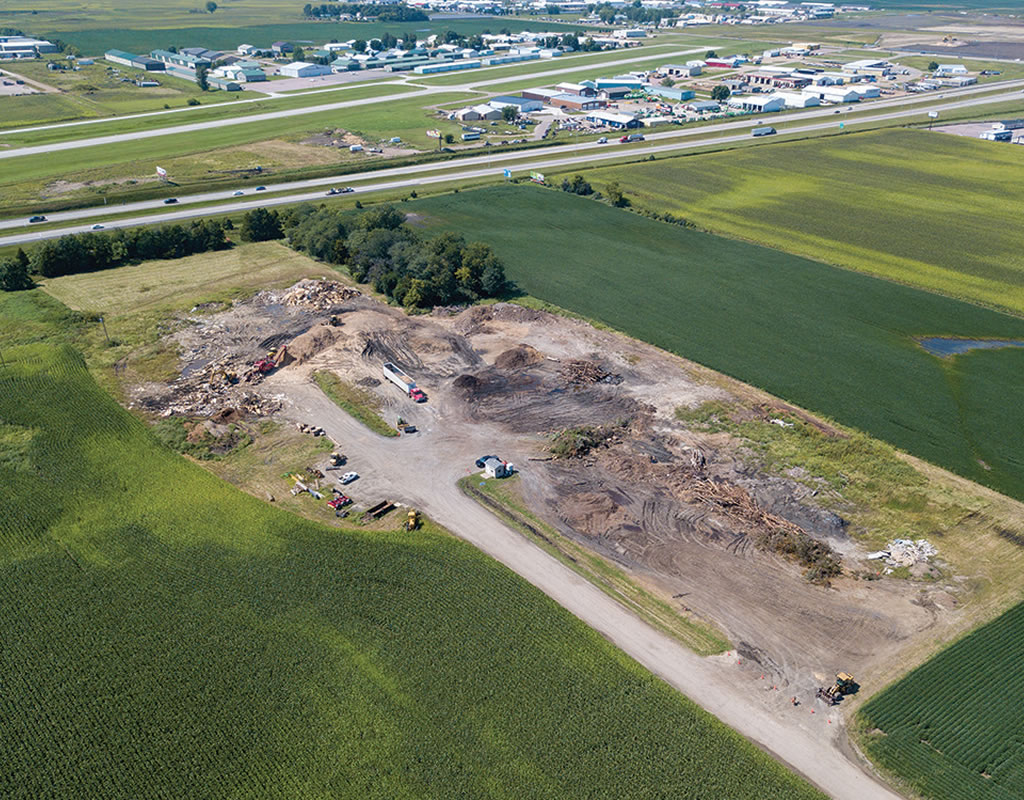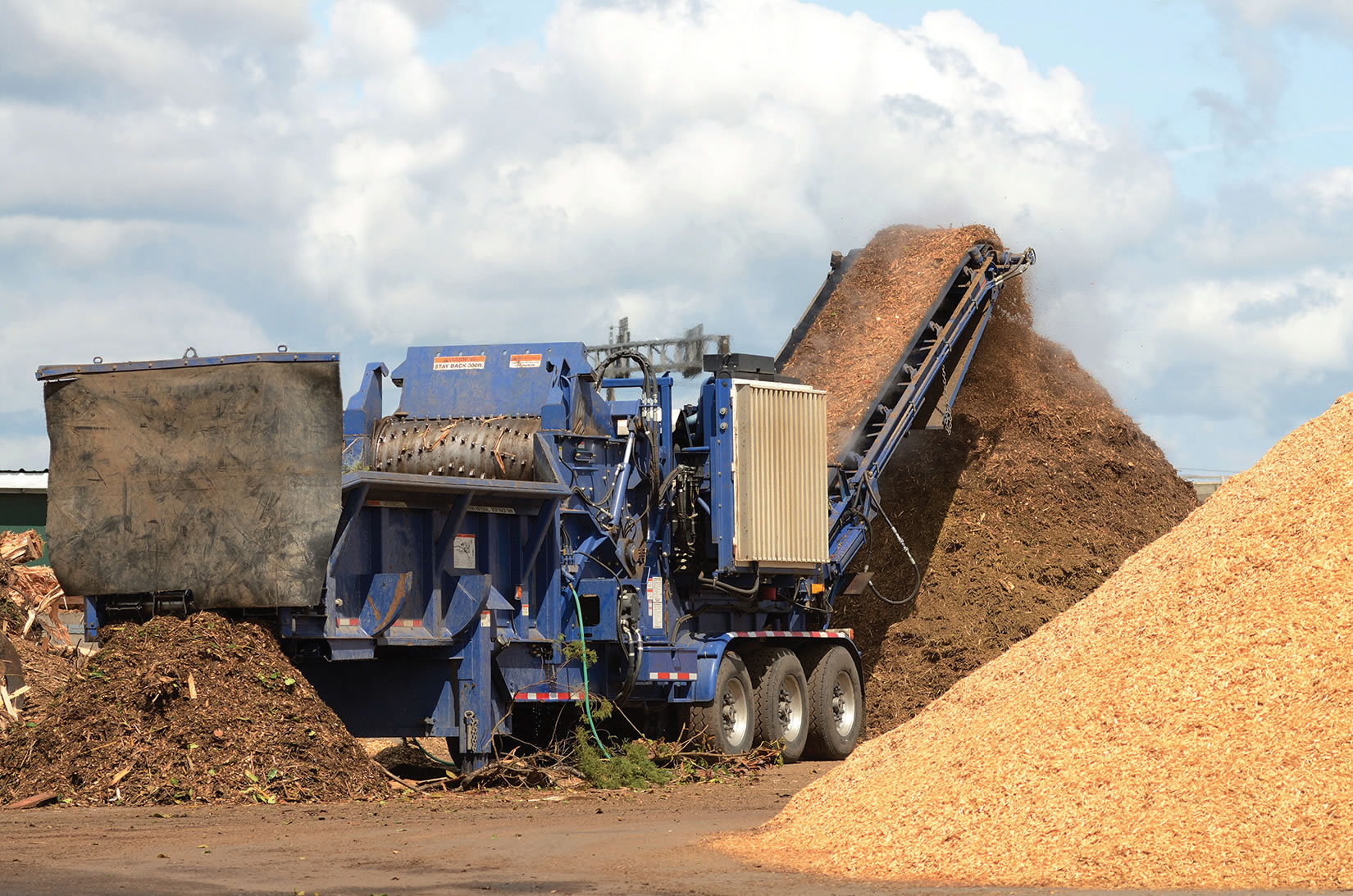By Ken McEntee
Like most businesses across the country, mulch and soil producers count the inability to hire workers among their greatest current challenges, said Robert LaGasse, executive director of the Mulch and Soil Council, of Shallowater, Texas.
In the wake of the council’s annual conference, held in September in Memphis, Tennessee, LaGasse said the national trucking shortage and supply chain disruptions round out the three most prominent concerns of the industry.
“Labor is the biggest problem right now,” LaGasse said. “There are people offering $25 an hour jobs and they still can’t fill them. Nobody wants to take the jobs.”
Transportation, he said, is another issue that is challenging mulch and soil producers.
“Getting independent drivers or trucking companies or getting drivers to drive your own trucks is difficult,” LaGasse said.
Before the pandemic, he said, the U.S. was short by about 80,000 truck drivers. During pandemic, more than 3,100 trucking companies went out of business, representing about 50,000 trucks, he said. That has made a terrible situation worse.
“Last year, we were very successful in getting ourselves exempted from the hours-of-service regulations during the high season,” LaGasse. “But that doesn't help if you can't get a driver.”
Because of supply chain disruptions, LaGasse suggests that producers stock up on any equipment parts they might need for production.
“You need to be sure you're doing your maintenance, make sure that you're doing it early and make sure you can get that $50 sprocket that’s holding up your production without waiting six weeks for it,” LaGasse said. “You really have to plan ahead. Our members are already putting in a lot of orders for equipment now for next season and hoping that it arrives in time. Parts you got in a week two years ago may take a month or more to arrive now. Unfortunately, you can't predict what that's going to be, because that doesn't seem to be a rhyme or reason to what’s happening. If it's coming from overseas on a container ship, you're screwed. If you need it tomorrow, you got a problem. And we don't see a light at the end of the tunnel anytime soon.”
Strong demand for soil products during the pandemic has helped producers to ride out the challenges, LaGasse said.
The lockdowns of 2020 are believed to be responsible for an increased interest in home projects and activities – including gardening - which boosted demand for soil and mulch products.
“We had a tremendous growth - some companies’ sales were up 25 to 40 percent,” LaGasse. “People were locked down and they had to do something. Plus, there was the concern about food shortages. People figured if they wouldn’t be able to buy vegetables, they would need to grow their own, so they started doing their vegetable gardening early.”
Although members’ sales numbers for the second quarter of 2021 had not been accumulated as of this writing, LaGasse said they appear to have fallen off compared to last year.
“The strong first half of 2020 carried through the rest of the year, and we thought it was carrying through into 2021,” he said. “But about the time the travel restrictions ended, and people started moving around the country, which would have been late April to early May, sales seemed to drop off, from the reports we’re getting. We think that when people were able to leave their homes, they shifted their priorities and their spending. Fortunately, a lot of cash was generated in 2020 and through the first quarter of 2021, so most of our members have been able to ride out the challenges.”
Even with an apparent downturn in sales following that strong first quarter, LaGasse said he is optimistic about 2022.
Citing a conference presentation by Luke Custer, manager, consumer insights and analytics for Scotts Miracle-Gro Company, LaGasse said millennials saved up money during the pandemic and are now beginning to buy homes – often older homes, which they will be rehabilitating, including patios, landscaping and gardens. The millennial consumer marks a change from the traditional soil product consumer, LaGasse said.
“Traditionally, our market has historically been the boomers - the 40- to 50-year-old female who does gardening and throws a two cubic foot bag of soil in the back of her Toyota truck,” he said. “Millennials are about a decade past the age of traditional home ownership, but they're starting to move in. They are more accustomed to working from home and they're using home spaces differently. They’re now moving into that path of home ownership and building out their personal spaces, which is very good sign for us.”
Meanwhile, LaGasse said the council’s annual conference set an attendance record of 175 attendees. The 2020 conference – a hybrid meeting held both in person and online – drew 80 physical attendees and 20 virtual attendees.
“Until the pandemic our attendance had been trending upward,” LaGasse said. “This year’s conference drew a lot of non-members, many of whom are now becoming members. It was a very successful meeting in terms of the program, but more importantly, it filled the need for people of like mind to congregate together and share information face-to-face with people who know what they’re talking about and understand what they do day to day to share problems and how they dealt with them. That's extremely important.”
Related News
Subscribe Today
Every other month, Soil & Mulch Producer
News brings you important stories about:
• New Technology
• Products
• Industry News
• Research Studies
Soil & Mulch Producer News features articles and services relevant to your daily operations.




